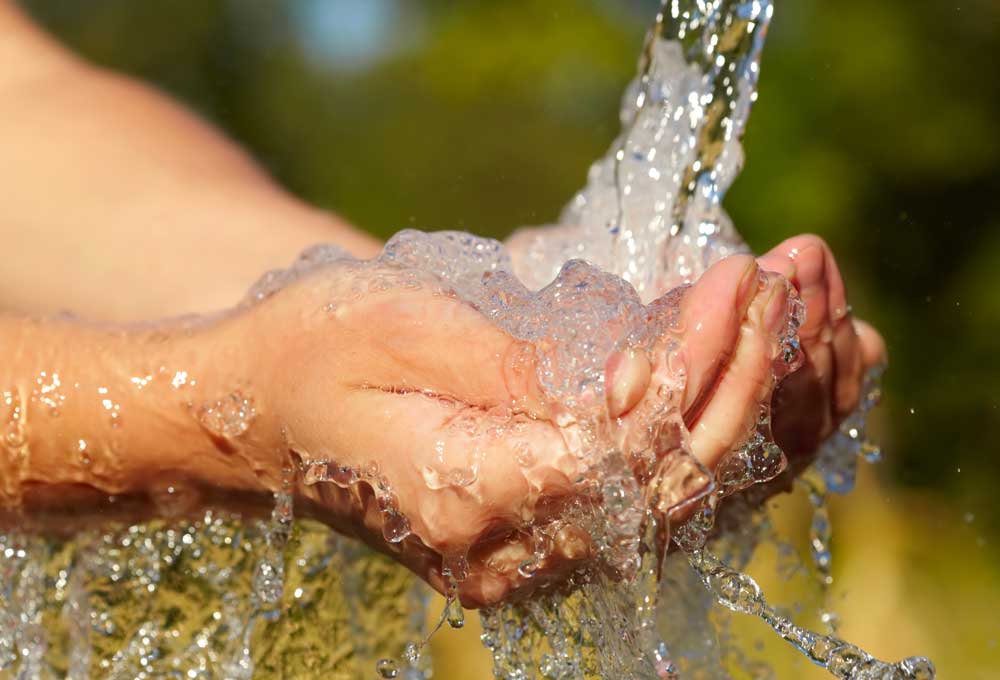CONSUMER CONFIDENCE REPORTS

It should be noted that a safe level has been set by the EPA for each of the tested contaminants and that the vast majority of water supplies meet the requirements for safe drinking water.
ADP & Associates, Inc. is an engineering firm with experience in the design and construction of water supply treatment facilities and distribution facilities.
ADP gathers the information from reports filed by water purveyors to governmental agencies, analyze the data and publishes the report in the required EPA format.
The report is then reviewed by the EPA for approval before it is sent to the client. This is done on an annual basis.
Below are frequently asked questions about CCRs.
What is the purpose of the annual CCR?
- Provides customers with water quality information from the previous calendar year.
- Must be distributed to consumers by July 1st of each year.
- Supplements public notification that water systems must provide to their customers upon discovering any violation of a contaminant standard.
Are all public water systems required to provide CCR's to their customers?
Only community water systems that serve the same people year-round provide CCR’s to their customers.
Does the annual water quality report indicate there is something wrong with the water, or that it's unsafe?
The CCR is a general overview of the water quality delivered by your community water system. This report lists the regulated contaminants detected in the treated water and the level at which they were found for the preceding calendar year.
Are we required to list health effects language in the CCR for unregulated contaminants detected during lab testing?
There is no federal requirement for health effect information for unregulated contaminants.
What information must be provided in the CCR report?
- The lake, river, aquifer or other sources of the drinking water.
- A brief summary of the risk of contamination of the local drinking water source.
- The regulated contaminant found in local drinking water.
- The potential health effects of any contaminant detected in violation of an EPA health standard.
- An accounting of the system’s actions to restore safe drinking water.
- An educational statement for vulnerable populations about avoiding Cryptosporidium.
- Educational information on nitrate, arsenic, or lead in areas where these contaminants may be a concern.
- Phone numbers of additional sources of information, including the water system.
- EPA’s Safe Drinking Water Hotline number: 1-800-426-4791
